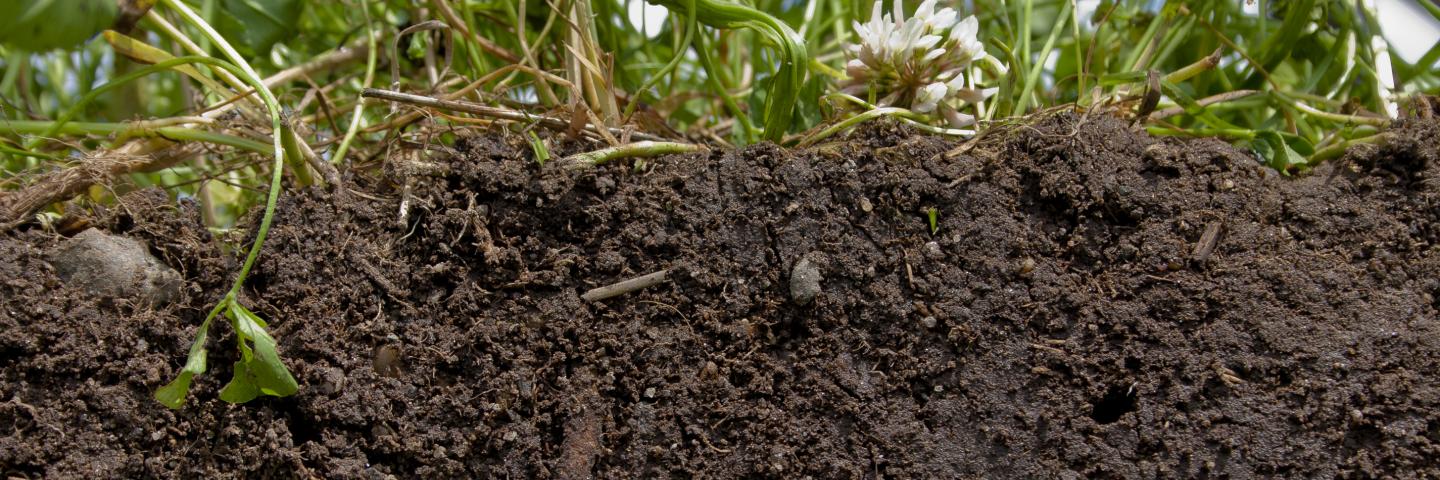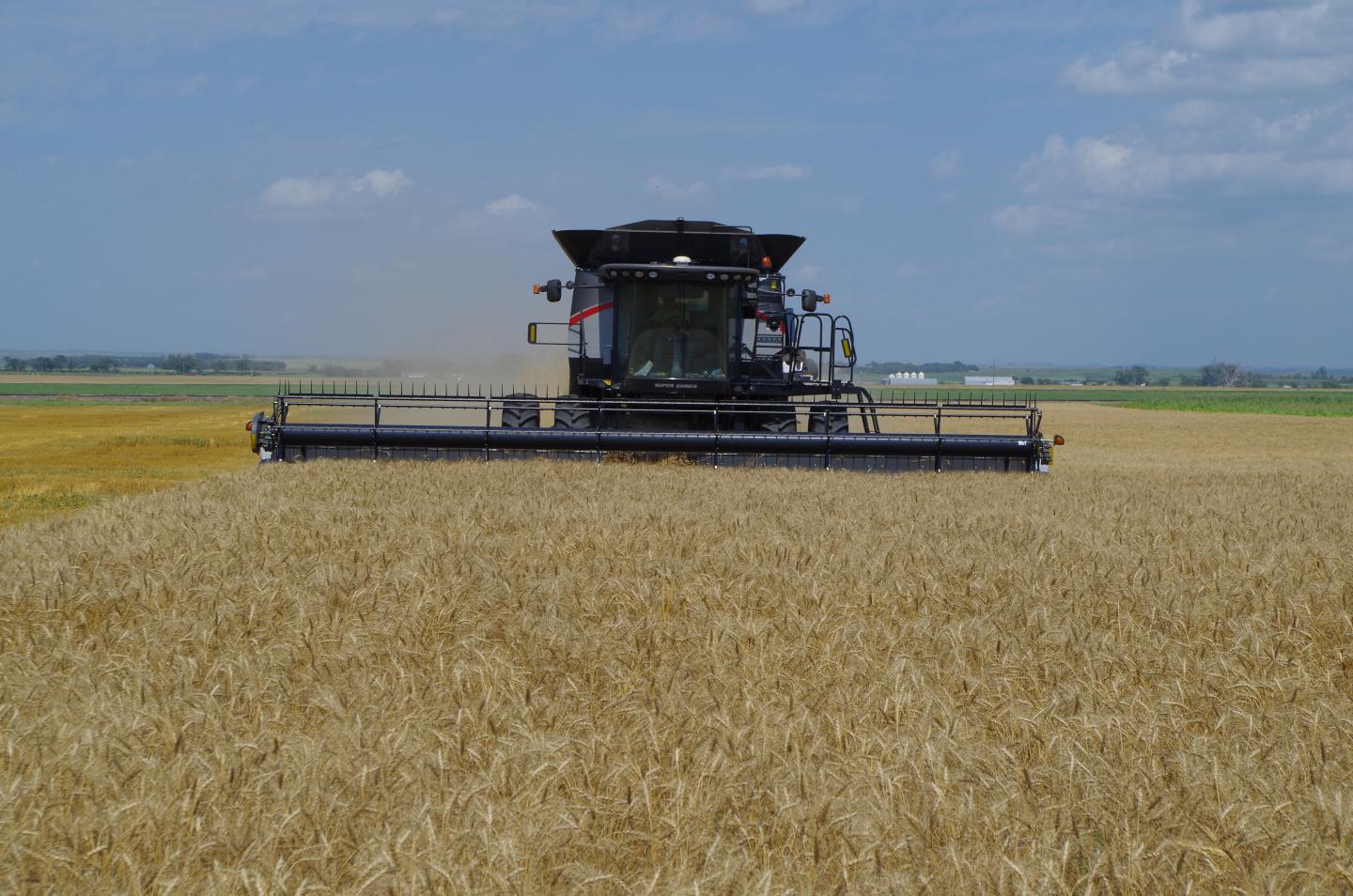
The Soil Health foundation consists of four principles which are: soil armor, minimizing soil disturbance, plant diversity, and continual live plant/root
This article will discuss the third principle, plant diversity.
In this third of five articles on soil health, it explains the concept of “plant diversity” and why providing plant diversity is important for building soil health.
The Journals of Lewis and Clark describe the northern plains landscape as having abundant plant diversity. Numerous species where observed, working together as a plant community to provide forage for large herbivore populations. Our soils where built over geological time in this environment.
However, settlement of the plains brought agriculture, which resulted in the polyculture perennial landscape being replaced by a monoculture annual landscape. Where the soil food web use to receive carbon exudates (food) from a diversity of perennial plants harvesting sunlight and carbon dioxide; it now receives carbon exudates from only one annual plant at a time.
We can start to mimic the original plant community by using crop rotations which include all four crop types. Diverse crop rotations provide more biodiversity, benefiting the soil food web; which in turn improves rainfall infiltration and nutrient cycling, while reducing disease and pests. Crop rotations can also be designed to include crops which are; high water users, low water users, tap root, fibrous root, high carbon crops, low carbon crops, legumes, and non-legumes to name a few.
The following lists the four crop types with a few common crop examples of each:
- Warm Season Grass – corn, sudan, and millet.
- Warm Season Broadleaf – sunflower, and soybean.
- Cool Season Grass – wheat, oat, barley, and rye.
- Cool Season Broadleaf – flax, pea, and lentil.
Diverse crop rotations mimic our original plant diversity landscapes. They are important to the long term sustainability of our soil resource and food security.

NRCS Photo: The photo shows harvesting a cool season grass (spring wheat) at the Menoken Farm, August 3, 2016. Previous crops grown on this field include warm season grass (corn), cool season broadleaf (pea), warm season broadleaf (soybean), and cover crops. Supplying the soil resource with the benefits of plant diversity.
Continue Reading

